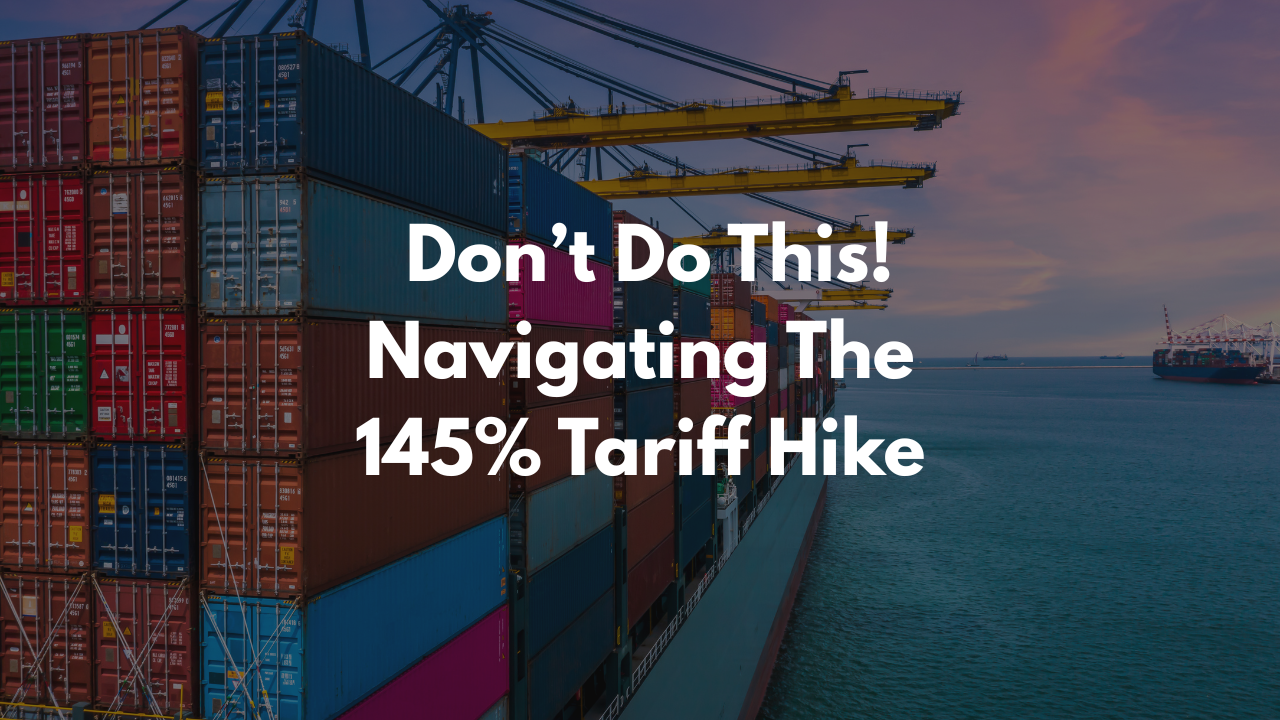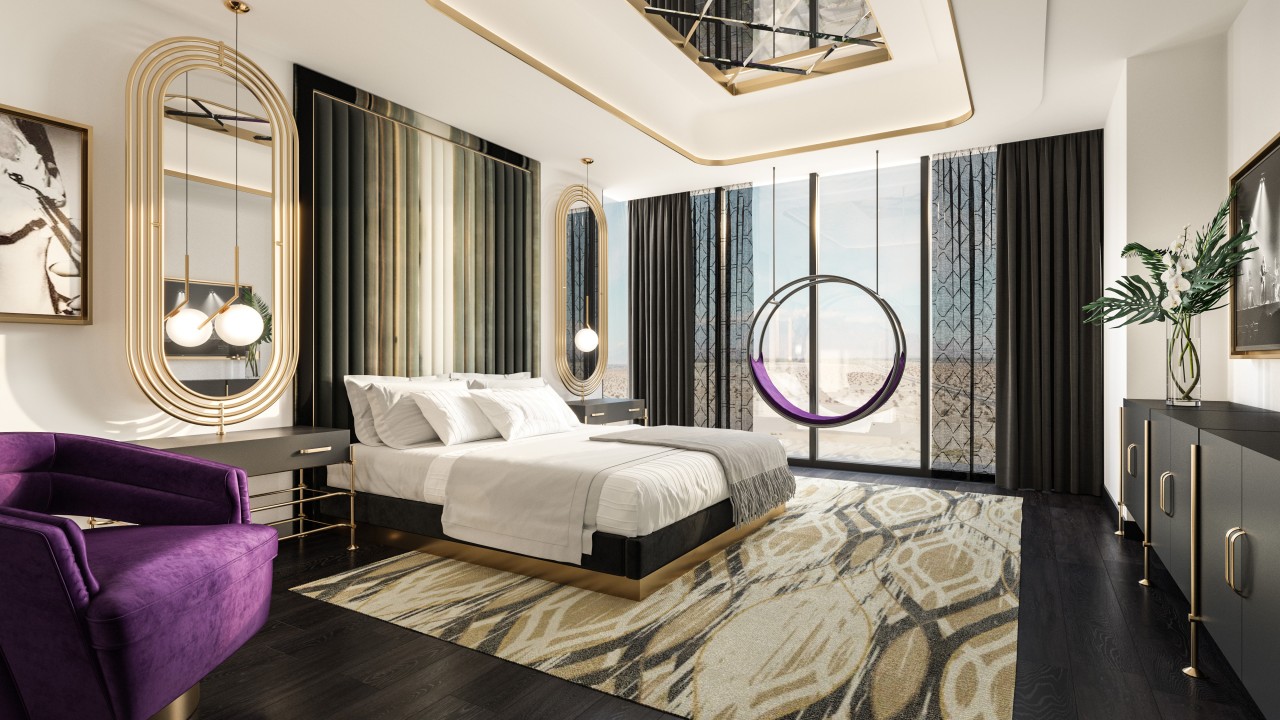In recent months, the interior design and architecture industry has been grappling with unprecedented challenges stemming from the imposition of a 145% tariff on Chinese imports. This significant increase has disrupted project budgets, supply chains, and overall operational strategies for firms across the United States.
The Immediate Impact on Design Projects
For firms specializing in hotel design and renovation, such as IGroup Design, the tariff surge has led to substantial cost overruns. Materials and furnishings ordered months in advance, based on previous pricing structures, now arrive with inflated costs that were never anticipated in the original budgets. This sudden financial strain not only affects the bottom line but also jeopardizes client relationships and project timelines.
Exploring Alternatives and Facing Legal Boundaries
In an attempt to mitigate these financial pressures, some firms have considered rerouting manufacturing processes to countries like Malaysia, removing “Made in China” labels, and then importing the goods into the U.S. While this might seem like a viable solution, it’s essential to understand the legal ramifications. The U.S. Department of Justice has emphasized that misrepresenting the country of origin to evade tariffs can lead to severe penalties, including substantial fines and potential imprisonment. Such actions are considered fraudulent and are vigorously prosecuted under federal law.
Strategic Adjustments Within Legal Frameworks
Given these constraints, it’s imperative for design firms to explore alternative strategies that comply with legal standards. This includes engaging in transparent discussions with clients about the evolving cost landscape, renegotiating contracts to reflect current realities, and seeking out suppliers in countries not affected by the tariffs. Building strong relationships with domestic manufacturers can also provide more predictable pricing and supply chain stability.
Collaborative Solutions and Industry Dialogue
The challenges posed by the tariff increase are not isolated to individual firms; they represent a broader industry issue that requires collective problem-solving. By sharing experiences, strategies, and insights, design professionals can navigate this complex landscape more effectively. Open communication and collaboration are key to developing innovative solutions that uphold both legal integrity and client satisfaction.
Stay Informed and Connected
At I Group Design, we are committed to staying at the forefront of industry developments and sharing valuable insights with our peers. We invite you to explore our latest projects and learn more about how we’re adapting to these challenges by visiting our website: www.igroupdesign.com
For personalized consultations or to discuss how these changes might impact your upcoming projects, feel free to schedule a meeting with us through our calendar link: Schedule a Meeting.
Together, we can navigate these turbulent times with resilience, innovation, and a commitment to excellence in design.






